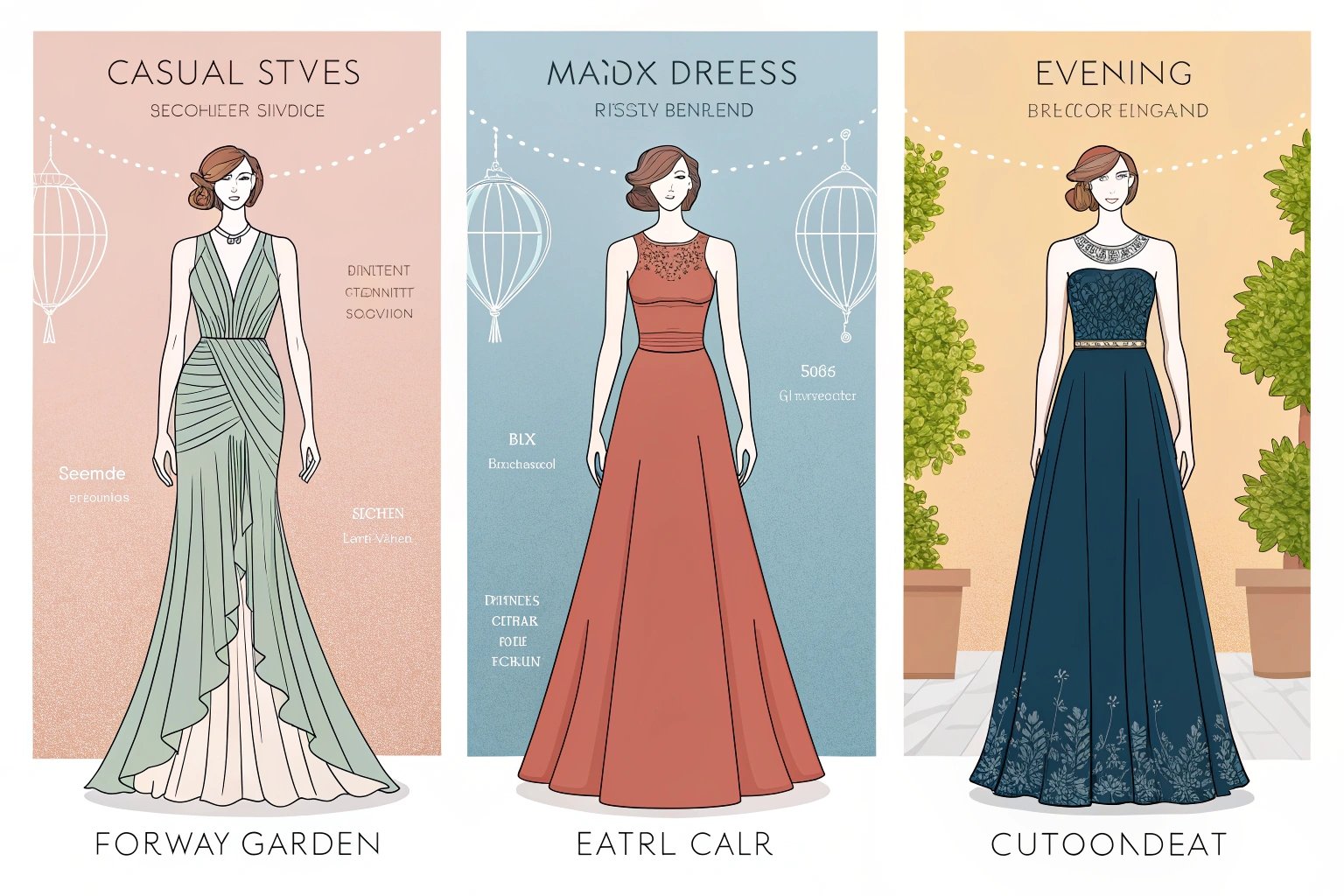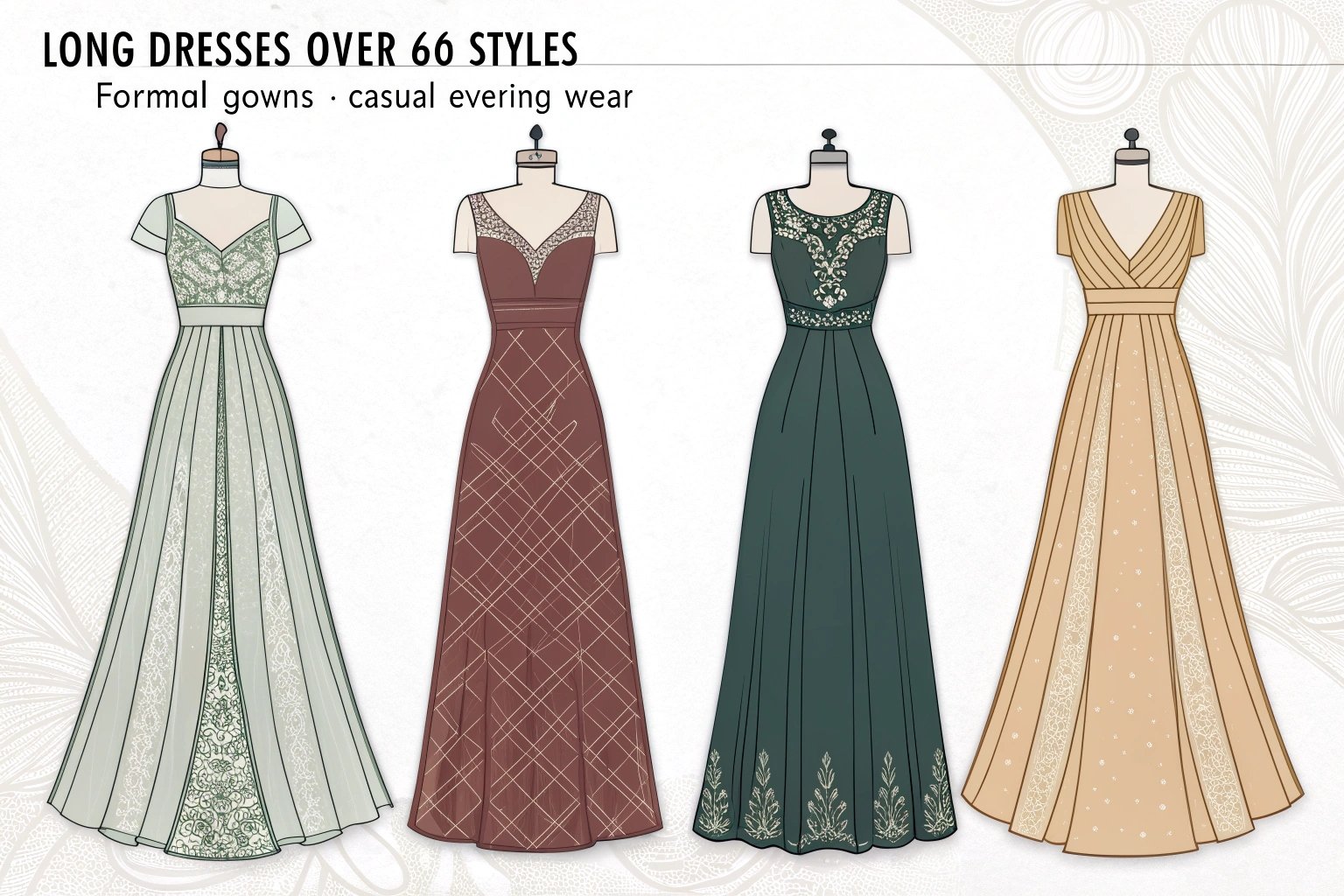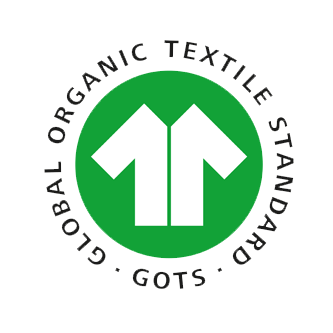Australia’s clothing manufacturing industry has long been known for its high-quality production, skilled workforce1, and commitment to sustainability. However, like most developed nations, Australia also has higher manufacturing costs compared to countries like China and Vietnam. This article explores the various factors influencing the cost of working with clothing manufacturers in Australia and how you can effectively manage your production costs while maintaining high standards.
Understanding the costs involved when partnering with Australian clothing manufacturers is essential for budgeting and ensuring the success of your clothing brand.
What Are the Typical Costs of Working with Clothing Manufacturers in Australia?
When working with clothing manufacturers in Australia, various costs contribute to the overall price. These costs are influenced by the type of clothing being produced, the scale of production, and the manufacturer’s expertise.
 Workers sewing at textile factory.
Workers sewing at textile factory.
How Do Labor Costs in Australia Affect Clothing Manufacturing Prices?
- Labor Costs: Australia’s labor market is one of the most highly regulated in the world, with the country enforcing strong labor laws and fair wages. This results in higher labor costs for manufacturers when compared to countries with lower wage standards.
- Minimum wage: Australia’s minimum wage is significantly higher than in countries like Vietnam or Bangladesh, making labor costs one of the largest factors influencing production costs.
- Skilled Workforce: The advantage of working with Australian manufacturers is the highly skilled workforce1, capable of delivering high-quality products. However, this comes at a premium.
What Are the Average Costs for Producing Basic Clothing Items in Australia?
The production costs of basic items like T-shirts, hoodies, or sweatshirts can vary depending on the complexity of the design and materials used. On average:
- Basic T-shirts: $10 – $20 per unit
- Basic Hoodies: $25 – $40 per unit These prices are an estimate and can vary based on factors such as fabric quality, production volume2, and customization requirements.
How Do Minimum Order Quantities (MOQs) Impact the Cost of Clothing Manufacturing in Australia?
Minimum Order Quantities3 (MOQs) play a significant role in the overall cost structure for clothing manufacturers in Australia. Manufacturers often have a set MOQ for each production run, which can affect the cost per unit.

What Are the Standard MOQs for Australian Clothing Manufacturers?
- Standard MOQs: The typical MOQ for Australian clothing manufacturers ranges from 100 to 500 units per style. This can vary based on the type of garment, material, and complexity of the design.
- Larger Orders: With larger orders, manufacturers may offer reduced pricing per unit, making it more cost-effective for businesses looking to produce in bulk.
How Do Smaller Orders Affect Production Costs in Australia?
- Higher Cost Per Unit: Smaller orders often result in a higher cost per unit because manufacturers have to cover the setup costs, machinery use, and material sourcing for each production run.
- Flexibility vs. Cost: If you’re just starting, smaller orders may be necessary, but they come with a premium price tag. However, once your brand scales, larger orders can help lower the overall cost.
What Additional Costs Should You Consider When Working with Clothing Manufacturers in Australia?
In addition to the base production cost, there are several additional costs that you must factor into your budget when working with Australian clothing manufacturers.
How Do Fabric and Material Choices Affect Manufacturing Costs in Australia?
- Material Selection: Fabric costs play a huge role in determining the price of your final product. Premium fabrics like organic cotton, wool, or silk will cost more than synthetic alternatives like polyester.
- Sourcing: Australian manufacturers may source materials locally, which can drive up material costs. Alternatively, they might source internationally, which could introduce shipping fees and customs duties.
What Are the Costs for Design, Sampling, and Pattern Making with Australian Manufacturers?
- Design and Sampling: The design and sampling4 process can add a significant cost, especially for custom-made garments5. You can expect to pay anywhere between $200 – $1,000 per design sample, depending on complexity.
- Pattern Making: The cost for creating patterns can vary, but you should expect to budget $100 – $500 for professional pattern-making services.
Typical Additional Costs in Australian Clothing Manufacturing
| Expense | Estimated Cost Range |
|---|---|
| Sampling and Prototyping | $200 – $1,000 per sample |
| Design and Pattern Making | $100 – $500 for pattern development |
| Fabric Cost | $5 – $15 per meter (depending on quality) |
How Does Australia’s Clothing Manufacturing Compare to Other Countries in Terms of Cost?
Australia’s clothing manufacturing costs are higher compared to traditional low-cost manufacturing countries, but there are several reasons why it can still be an attractive option.

How Does the Cost of Manufacturing in Australia Compare to China or Vietnam?
- Labor Costs: Labor costs in Australia are significantly higher compared to China, Vietnam, and Bangladesh. For instance, China’s labor costs are around $4-$5 per hour, compared to Australia’s minimum wage of about $15 per hour.
- Quality vs. Price: While Australia may not be the cheapest, the trade-off often comes in terms of higher-quality production, ethical labor practices, and shorter lead times due to its proximity to Western markets.
What Are the Benefits of Choosing Australian Manufacturers Despite Potentially Higher Costs?
- Ethical Manufacturing: Australia’s strong labor laws ensure ethical manufacturing practices, which is appealing to brands focused on sustainability and corporate responsibility.
- Higher Quality: Australian manufacturers offer high-quality production standards, often exceeding the capabilities of low-cost countries.
- Proximity to Key Markets: Being close to Western markets allows for quicker shipping times and lower transportation costs compared to manufacturers in Asia.
How Can You Minimize Costs When Working with Clothing Manufacturers in Australia?
There are several strategies you can use to keep production costs manageable when working with Australian manufacturers.
How Do Efficient Production Processes Help Reduce Costs?
- Streamlined Design: Work with your manufacturer to ensure that designs are optimized for efficient production. Avoid overly complex designs that may increase manufacturing costs.
- Lean Manufacturing: Implement lean manufacturing principles to reduce waste, improve efficiency, and streamline the production process, which can ultimately lower costs.
How Can You Negotiate Better Pricing with Australian Manufacturers?
- Bulk Orders: Ordering larger quantities typically leads to better pricing per unit. Manufacturers are more likely to offer discounts for larger, repeat orders.
- Build Long-Term Relationships: Developing a strong, ongoing relationship with your manufacturer can lead to negotiated discounts and favorable terms over time.
Strategies for Minimizing Costs with Australian Manufacturers
| Strategy | Description |
|---|---|
| Bulk Orders | Larger orders often result in a lower per-unit price. |
| Lean Manufacturing | Streamline processes to reduce waste and increase efficiency. |
Conclusion
Australia offers many advantages for clothing manufacturing, including a skilled workforce, high ethical standards, and proximity to Western markets. While the costs may be higher compared to low-cost countries like China or Bangladesh, the value in terms of quality, compliance, and shipping efficiency can make it a worthwhile choice for certain brands. By carefully managing costs, optimizing production processes, and negotiating with manufacturers, you can still produce high-quality clothing in Australia while maintaining your bottom line.
-
Discover the advantages of working with a skilled workforce in the clothing industry. ↩ ↩
-
Discover the relationship between production volume and cost efficiency in manufacturing. ↩
-
Learn about the significance of MOQs and how they affect production costs. ↩
-
Understand the financial implications of design and sampling in the production process. ↩
-
Explore the financial aspects of producing custom-made garments with Australian manufacturers. ↩









